#spring awakening
Text



#naturecore#cottagecore#cozycore#spring is coming#spring awakening#spring aesthetic#cottage#cozy cottage#cozy#spring#siberia#krasnoyarsk#rural#rural aesthetic#photography#original photographers#aesthetics#aesthetic#trees#blue sky#sky#villagecore#village#russia#россия#сибирь#красноярск#красноярский край#krasnoyarsk krai#russian tumblr
36 notes
·
View notes
Text


Like any masterpiece, takes time to blossom.
ig credit: francesmehardie.
#bloom#cherry blossom#spring#spring aesthetic#spring awakening#spring art#spring photography#alternative#aesthetic#dark academia#dark academic aesthetic#dark aesthetic#aestheitcs#dark#art#light acadamia aesthetic#light academia#flower#flowers#flower aesthetic#flower art#flower photography
1K notes
·
View notes
Text
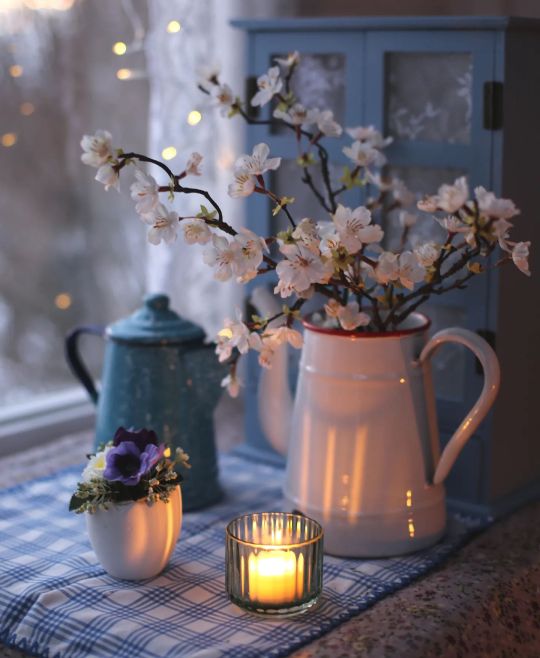
mettebogwald
#spring aesthetic#spring mood#spring awakening#spring blossoms#country living#cozy cottage life#country life#country aesthetic#cozy spring#country spring
1K notes
·
View notes
Text
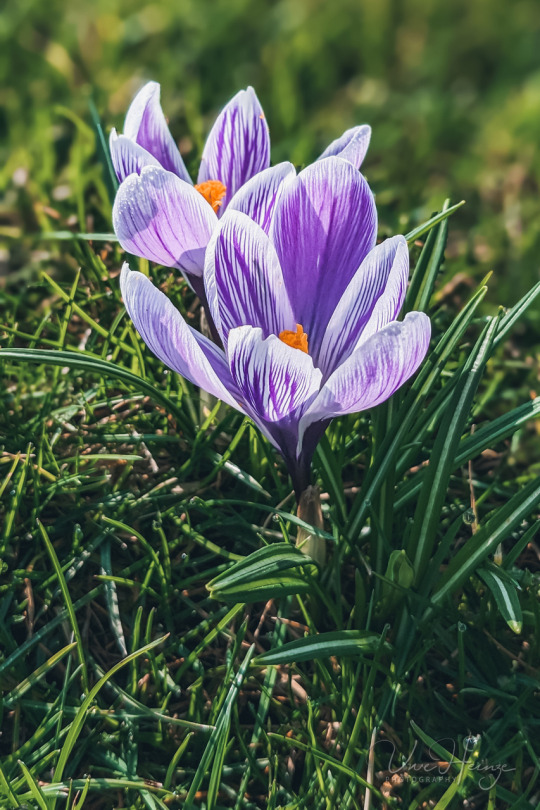
spring awakening . . . | uwhe-arts
#spring awakening#crocus#crocus flowers#photographers on tumblr#original photographers#springtime#uwhe-arts#nature#original creators#explore#vertical#photography#uwhearts
755 notes
·
View notes
Text
bitches be like “this is my comfort show” and it’s literally the most depressing shit ever. it’s me i’m bitches
#this post is about hadestown specifically#hadestown#falsettos#les miserables#rent#west side story#dear even hanson#spring awakening#next to normal#broadway#musical theater
8K notes
·
View notes
Text
You consume happy media when you’re feeling bad? Nah, I consume inescapable tragedies.
#sweeney todd#les miserables#hadestown#rent musical#falsettos#spring awakening#wicked#wicked musical#elisabeth das musical#the phantom of the opera#carrie#ride the cyclone#parade musical#dead poets society#the outsiders#the song of achilles#shakespeare#macbeth#romeo and juliet#moulin rouge#big fish#broadway#musical theatre#hannibal#death note#assassination classroom#your lie in april#killing eve
472 notes
·
View notes
Text

It’s a vicious cycle
#spring awakening#dwsa#next to normal#bare a pop opera#aaron tveit#jack wolfe#n2n#jonathan groff#john gallagher jr.#jennifer damiano#alice ripley
416 notes
·
View notes
Text
Musical theater song titles that sound terrible out of context:
(some of them, in context too) (aka most of Avenue Q and Starkid)












Part 1/?
See also:
Final exams season as musical theater song titles
Going back to school as told by musical theater/movie musicals song titles
#broadway#musical#broadway musicals#theater#musical theater#theater kid#performing#hadestown#eva noblezada#showtunes#Geek's Musicals as Life#Spring awakening#Starkid#Team starkid#Avps#Tgwdlm#trail to oregon#Hair#Assassins#Falsettos#Avenue q#The producers#Showtune#Avpm#twisted: the untold story of a royal vizier
902 notes
·
View notes
Text
there’s really something special about the latin-school-boys big three
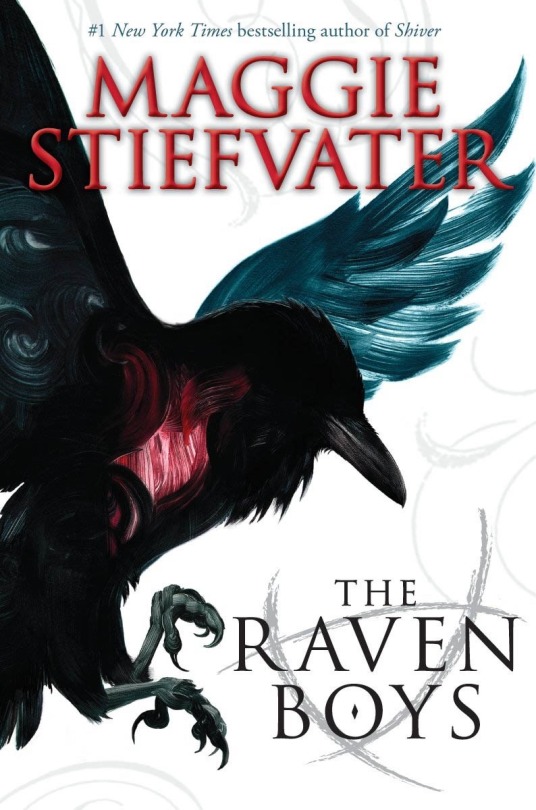

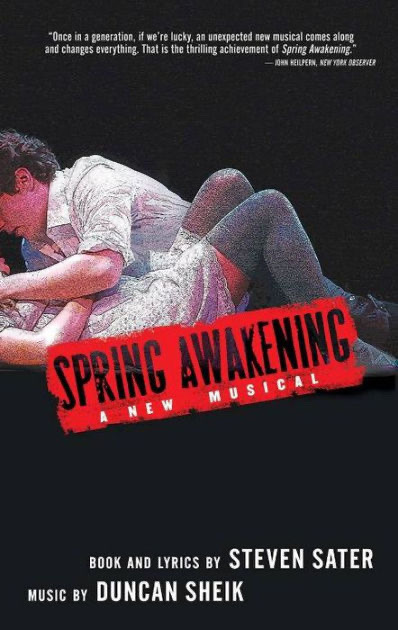
#reentering my spring awakening phase#the gangsey would have LOVED spring awakening#trc#the raven cycle#dead poets society#dps#spring awakening#ronan lynch#adam parrish#blue sargent#richard campbell gansey iii#the raven boys#todd anderson#neil perry#mine
452 notes
·
View notes
Text
TOP 10 PLAY/MUSICAL CROSSOVERS ON FANFICTION.NET BASED ON NUMBER OF FANFICTION (2009-2022)
To make this bar chart race, all series titles in the Plays Crossovers Section on November 29 (or the closest date to it) of every year were copy-pasted from Wayback Machine to Google Sheets, rearranged according to number of fanworks, and then inputted to Flourish to turn into a bar chart race.
In March 27 2009, FFN launched support for crossover fanfiction. Before this date, authors either posted their crossovers in just one category and noted that it was a crossover in its summary, or posted them in one of the generic crossover categories in the Misc. section (such as X-overs, or Cartoons X-overs). There wasn’t a filter to screen all crossovers of specific fandoms back then.
Originally, the fanfiction list was sorted alphabetically, but was changed to number of fics at around early 2013.
Interestingly enough, the crossover sections don’t seem to be suffering from a total fanfiction discrepancy, unlike the sections for non-crossover fanfiction.
Please refer to this post for more fanfiction bar chart races.
Thanks for understanding and hopefully I didn’t mess up anywhere! 🙏
#fanfiction.net#ffn#fandom history#wicked#Les Miserables#screenplays#hamilton#william shakespeare#rent#dr horrible's sing along blog#cats#sweeney todd#Phantom of the Opera#newsies#love never dies#little shop of horrors#next to normal#spring awakening#avenue q
259 notes
·
View notes
Text
please watch this please please. sound of the summer
371 notes
·
View notes
Text
i have to do everything myself around here. favorite heartbreaking musical. go.
#theatre#musical theatre#next to normal#n2n#spring awakening#hadestown#fun home#falsettos#bare a pop opera#les mis#miss saigon#parade#tl5y#the last 5 years
111 notes
·
View notes
Photo

cornersofcornwall
#sheep photo#sheep#lamb#baby animals#cute animals#farm life#country living#country aesthetic#spring aesthetic#spring animals#spring awakening#cozy living
2K notes
·
View notes
Text
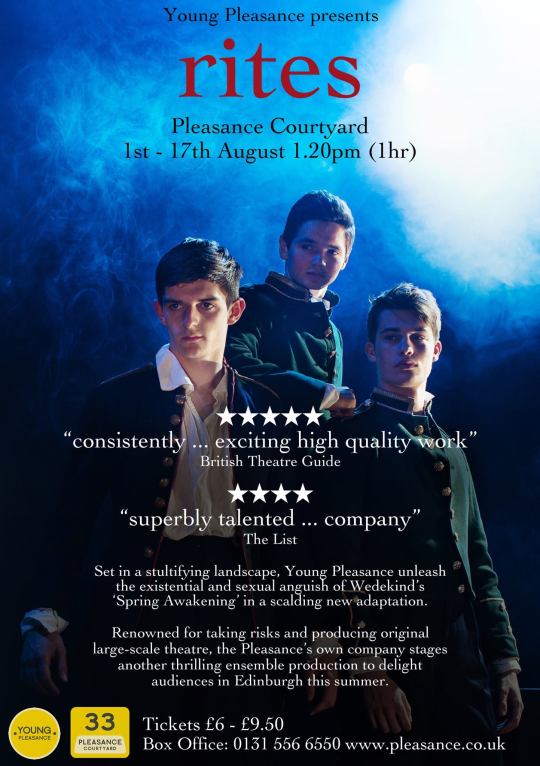




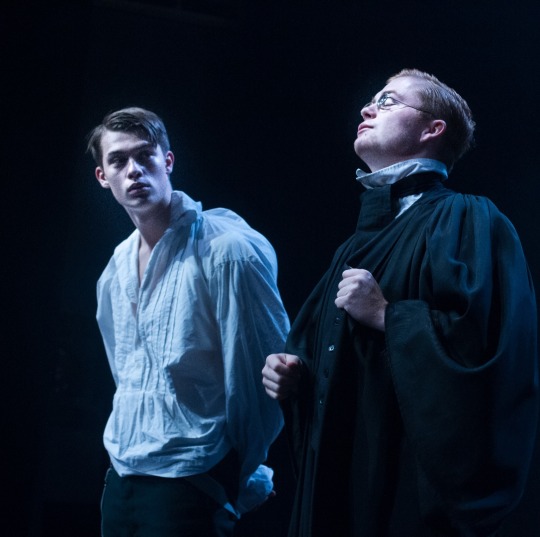
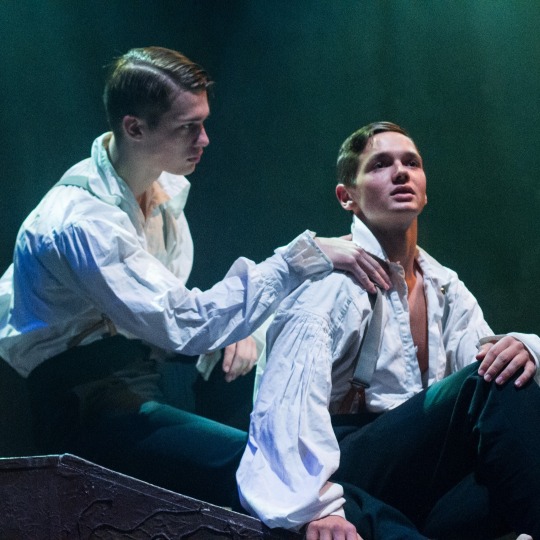

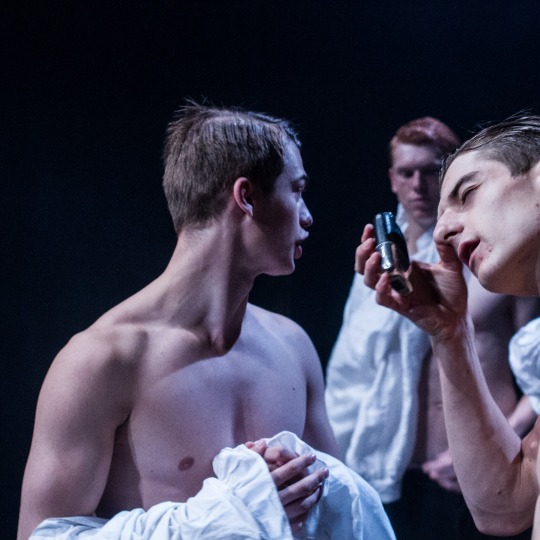

NICHOLAS GALITZINE as Hans Rilow in Rites: A Children's Tragedy.
Director Jo Billington/ Tim Norton. Young Pleasance youth theatre company, performed at the Edinburgh Fringe Festival 2013.
📸 Jassy Earl photography (flickr)
221 notes
·
View notes
Text

So maybe I should be some kinda laundry line
Hang their things on me, and I will swing 'em dry
154 notes
·
View notes
Text
LGBT literature of the 1860s–1910s. Part 5
After a long pause, the list is back! Here we have a couple of plays, accounts by two trans women, lesbian poetry, and more.
1. Despised and Rejected, by A.T. Fitzroy (Rose Allatini; 1918). A pacifist novel published during World War One? With gay and lesbian characters? Yes, that was sure to get people in trouble. Its publisher was fined and the judge called it “morally unhealthy and most pernicious”. So, Dennis is a young composer who hates violence and therefore refuses to go to war. He also suffers because he is a “musical man”, that is, gay, and loves Alan, art-loving son of a wealthy businessman. His friend Antoinette, meanwhile, is “strangely attracted” to a woman. Nevertheless, the two attempt to love each other. When the war begins, Alan appears in Dennis’ life again, and they try to avoid being sent to the front together. Alan also persuades Dennis to accept who he is. Edward Carpenter himself defended the novel, saying that “the book is also a plea for toleration of a very much misunderstood section of humanity”.
Read online
2. Autobiography of an Androgyne, by Ralph Werther (1918). Ralph Werther, also known as Jennie June, wrote this autobiography for doctors, and it is very revealing. Being a New York fairy (male prostitute) and possibly a trans woman, they tell frankly about the city’s gay underworld of the early 20th century and their personal experience, which is sometimes too frank and dark perhaps, but all the more interesting.
Read online
3. Poems by Mikhail Kuzmin. Kuzmin was not just the author of Russia’s first gay novel, but also a poet. Many of his works were dedicated to or mentioned his lovers. I’d recommend Where Will I Find Words (in English and Russian), Night Was Done (both in English and Russian), from the 1906-1907 collection Love of This Summer (available fully in Russian), mostly based on his love affair with Pavel Maslov in 1906. And also If They Say (in English and Russian), which is a great statement.
4. The Loom of Youth, by Alec Waugh (1917). A semi-biographical novel based on Evelyn Waugh’s older brother’s experience at Sherborne School in Dorset. It is a story of Gordon Caruthers’ school years, from the age of 13 to 19, and it is full of different stories typical for public schools, be it pranks and cheating exams or dorm life and sports. Although the homosexual subject was quite understated, the author implied that it was a tradition and open secret in public schools. The book became popular and soon caused a great scandal. Worth noting that before that Alec was expelled for flirting with a boy.
Read online
5. Two Speak Together, by Amy Lowell (1919). Lowell was a famous American poet and lesbian. Many of her poems were dedicated to her lover, actress Ada Dwyer Russell, specifically the section Two Speak Together from Pictures of the Floating World. These poems are infused with flower imagery, which wasn’t uncommon for lesbian poetry of the time.
Read online
6. De berg van licht/The Mountain of Light, by Louis Couperus (1905-1906). Couperus is called the Dutch Oscar Wilde for a reason: this is one of the first decadent novels in Dutch literature. It is also a historical one, telling about a young androgynous Syrian priest Heliogabalus who then becomes a Roman Emperor. Homoerotism, hedonism, aestheticism: Couperus creates a very vivid world of Ancient Rome. He also covered the topic of androgyny in his novel Noodlot, which was mentioned in Part 3 of this list.
Read online in Dutch
7. Frühlings Erwachen/Spring Awakening/The Awakening of Spring, by Frank Wedekind (1891, first performed in 1906). This play criticized the sexually oppressive culture prevalent in Europe at the time through a collection of monologues and short scenes about several troubled teens. Each one of them struggles with their puberty, which often leads to a tragic end. Like in The Loom of Youth, homosexuality is not the central focus of the play, but one character, Hänschen, is homosexual and explores his sexuality through Shakespear and paintings. The play was later turned into a famous musical.
Read online in German or in English
8. Twixt Earth and Stars, by Radclyffe Hall (1906). Though it wasn’t known to many at the time, these poems were dedicated to women, some to Hall’s actual lovers.
Read online
9. The Secret Confessions of a Parisian: The Countess, 1850-1871, by Arthur Berloget (published in 1895). This account is similar to the Autobiography of an Androgyne, albeit shorter. The author nowadays is thought to be a trans woman. They describe their love for women’s dresses, the euphoria from wearing dresses, makeup and wigs, the life as a “female impersonator” in Parisian cafe-concerts, and their love affair with a fellow prisoner. The autobiography is not available online, but you can read it in Queer Lives: Men’s Autobiographies from Nineteenth-Century France by William Peniston and Nancy Erber.
10. At Saint Judas’s, by Henry Blake Fuller (1896). This is possibly the first American play about homosexuality. It is very short. An excited groom is waiting for his wedding ceremony in the company of his gloomy best man. They are former lovers, and this short scene is not going to end well…
Read online
Previous part is here
#lgbt literature#lgbt fiction#queer history#queer fiction#lesbian literature#russian literature#gay literature#gay history#spring awakening#lesbian history#blog: history#blog: literature
257 notes
·
View notes